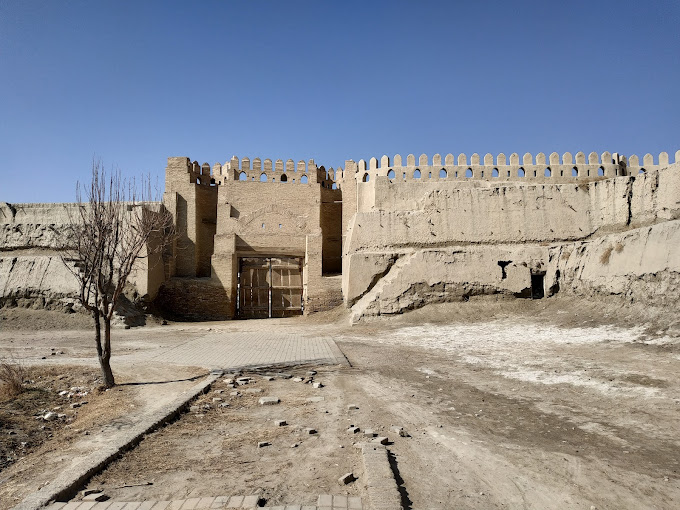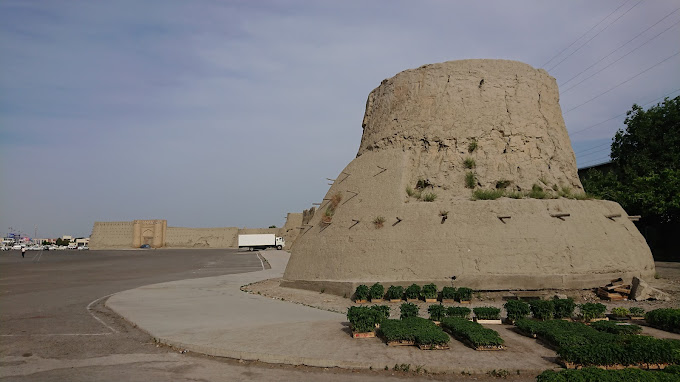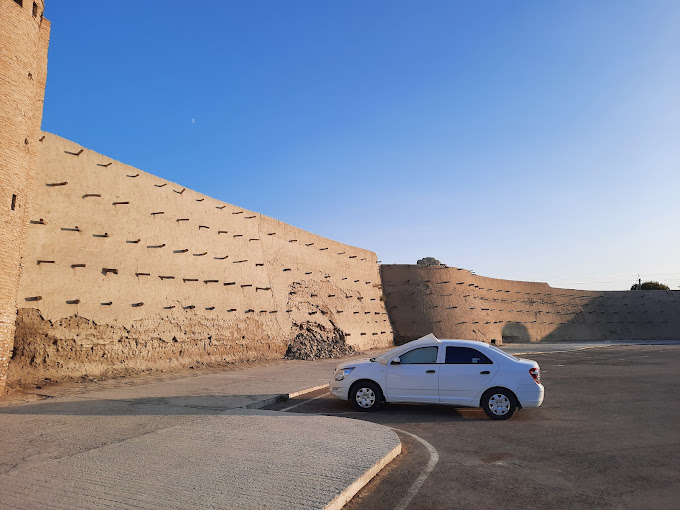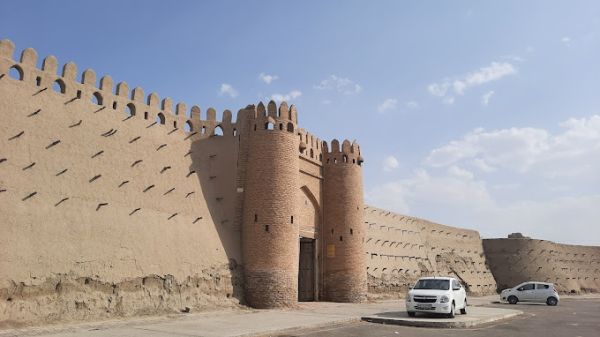Talipach Gate in Bukhara
Talipach Gate in the city of Bukhara in Uzbekistan is one of the two surviving entrances to the city. In ancient times, the northern trade road led its way through the Talipach gate. Whole caravans with various goods arrived in Bukhara, each owner of which was necessarily taxed for the right to enter the city and trade on the territory of Bukhara. Unfortunately, the fortress walls themselves have collapsed over time, their remains are hidden from the eyes of tourists under the rich southern vegetation, and the northern gate is now located in the very center of residential development in Bukhara.
History
The northern Talipach Gate was built in the middle of the 16th century during the construction of the city walls during the reign of Abdullahan II and has managed to survive to this day. At that time, these gates were part of the chain of defense structures of ancient Bukhara. In addition to them, there were eleven other similar gates, five of which were located on the territory of modern Bukhara, and the strong walls of the fortress.
Initially, fortress walls were built in several rows in Bukhara, the smallest of which included only two gates. Each subsequent row increased the number of entrances to the city for the convenience of local residents and guests of Bukhara. As a result, in the 16th century, the last row of the fortress wall and the eleventh city gate were built.
Today, one can also observe the Karakul Gate, located in the southwestern part of Bukhara, which is almost identical in appearance to Talipach. But the southern city gate of Sheikh Jalal was able to exist only until the end of the last century, and after almost complete destruction, it was dismantled for the construction needs of local residents. The Shirgiran Gate and the Imam Gate, which bordered the Talipach Gate, have also not been preserved to our time. They are currently trying to restore some of the city gates, recreating their historical appearance, but unlike the Talipach gate, these are just their skillful modern copies.
Today, the Talipach gate is still considered a fairly significant object of Bukhara, although it has not fulfilled its defensive function for a very long time, it does not collect taxes for entry into the city and does not meet numerous caravans. UNESCO has included them in the lists of World Historical Heritage sites.
Nowadays, Talipach Gate is located almost in the very center of the sprawling city, in a residential area surrounded by blooming gardens and houses. Next to them is a large bazaar with a variety of goods, ranging from groceries to various souvenirs, and the famous mausoleum called Chashma Ayub with a well with a holy spring, where pilgrims constantly flock to pay tribute to St. Job, who once saved the city from drought. The Talipach gate and the remains of the city's fortress wall have not been restored. In the area between the Chashma Ayub mausoleum and the oldest city bazaar at the ancient Talipach gate, the disabled and the infirm are still begging for alms.
Architecture
Like all cities of the Middle Ages, Bukhara was completely surrounded by fortress walls in ancient times. The city grew and developed, and the city walls grew with them. Funds for the construction of defensive structures were allocated by the rulers of that time, in particular, Emir Abdullah Khan II of the Sheibanid dynasty greatly contributed to strengthening the protection of the city. Well, to save money on craftsmen during the construction of walls and gates, all ordinary residents of Bukhara were involved in this activity. Each local citizen had to work the required number of hours on construction.
The fortress walls were built from the most common clay ramparts. The length of the defensive structures at that time was about 9 kilometers. The city walls were not built in the shape of a ring, but were an irregular shape, since during their construction it was necessary to protect not only Bukhara itself, but also all its suburbs (or the so—called rabads) from raids.
The Talipach Gate is undoubtedly a unique architectural historical monument of the past, which has preserved its historical and cultural significance with the help of architectural features that transport all its visitors to medieval times.























